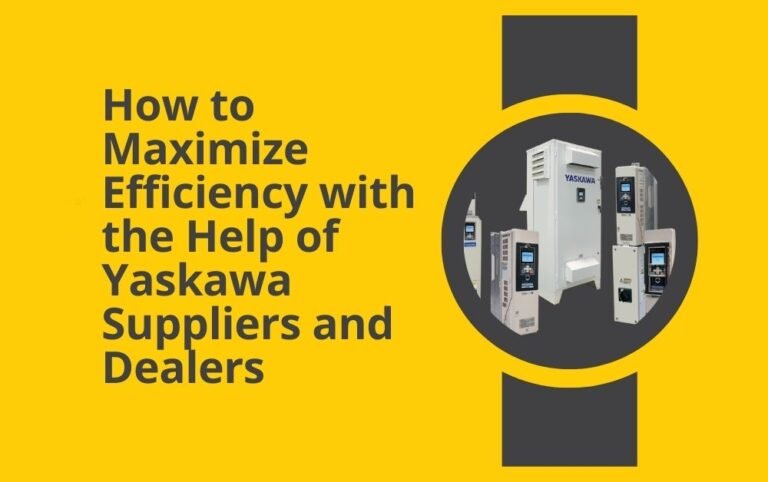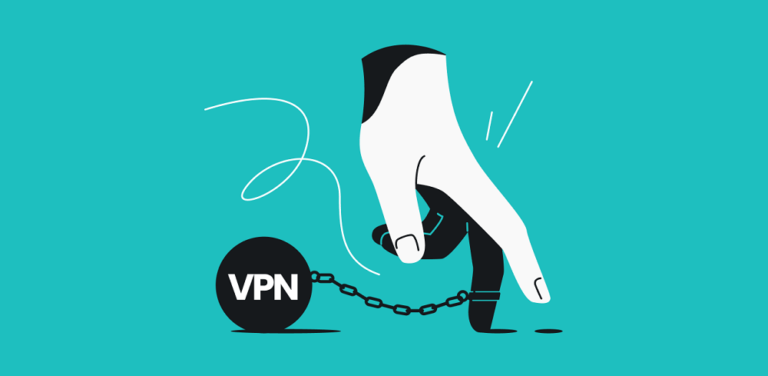How to Choose the Best Internal Hard Drive for Your PC
When it comes to upgrading or building your PC, one of the most critical components to choose is the internal hard drive. Not only does it store your operating system, files, and programs, but it also plays a role in determining the speed and efficiency of your system. Choosing the right internal hard drives for PC can feel overwhelming with so many options available. However, understanding a few key factors can simplify the process and help you make an informed decision.
Understand Your Storage Needs
The first step in choosing the right internal hard drive is identifying your storage needs. Are you looking to store vast amounts of data, such as videos, photos, or large programs? Or do you need something for basic computing, like web browsing and document storage? Knowing your specific requirements can narrow down your choices.
- Casual Users: If you’re using your PC for general tasks such as browsing, word processing, and light media consumption, a drive with a moderate capacity (500GB to 1TB) should suffice.
- Heavy Users: Gamers, video editors, or anyone who works with large files may need 2TB or more to accommodate games, media libraries, and professional software.
Choose Between SSD and HDD
Once you know your storage capacity needs, the next step is deciding between an HDD (Hard Disk Drive) and an SSD (Solid State Drive). Each type has its advantages.
- HDD: Traditional hard drives offer larger storage at a lower cost. They’re great for users who need a lot of space without spending too much.
- SSD: These drives are faster, more energy-efficient, and more durable since they have no moving parts. They improve boot times, load programs faster, and overall make your PC more responsive.
For most users, a combination of SSD for speed and HDD for storage space provides the best of both worlds.
Check Compatibility with Your PC
Before purchasing any internal hard drive, make sure it’s compatible with your system. Factors such as interface type, form factor, and storage size play a role in compatibility.
- SATA vs. NVMe: SATA drives are more common and compatible with most systems, while NVMe drives offer faster speeds but require specific motherboard support.
- Form Factor: Most PCs use 2.5-inch or 3.5-inch drives. Ensure your computer has the proper space and connection points for your chosen drive.
When shopping for internal hard drives for PC, it’s essential to check your computer’s specifications to ensure everything will fit and function properly.
Speed and Performance
When selecting the best internal hard drive, speed is a key factor. For HDDs, pay attention to the RPM (Revolutions Per Minute), which determines how fast data can be accessed.
- 7200 RPM: Ideal for most users, offering a good balance between speed and cost.
- 5400 RPM: Slower, but adequate for secondary storage or backups.
In the case of SSDs, speed is typically measured in terms of read and write speeds, which determine how fast data can be transferred. NVMe SSDs are much faster than SATA SSDs, making them the top choice for performance enthusiasts.
Consider the Brand and Warranty
While many brands offer internal hard drives, it’s essential to choose a reliable manufacturer known for producing high-quality products. Some of the best brands in the market include:
- Western Digital (WD): Known for offering reliable and varied options, WD has drives for both casual users and professionals.
- Seagate: Offers durable and high-capacity drives, perfect for users needing a lot of storage.
When buying a hard drive, also consider the warranty period. A more extended warranty ensures peace of mind, especially when dealing with critical data.
Storage Size and Cost Considerations
The cost of an internal hard drive typically scales with storage size. However, it’s essential to balance capacity with budget.
- Under 1TB: Suitable for basic users or those with limited storage needs.
- 1TB to 2TB: Ideal for moderate users, offering a good balance between cost and storage.
- Over 2TB: Best for power users, gamers, or professionals who handle large files regularly.
For SSDs, larger capacities can get expensive, so it might be worth considering a smaller SSD for your operating system and essential programs while using an HDD for bulk storage.
Durability and Longevity
When investing in a hard drive, especially for critical data, durability is essential. SSDs generally offer better longevity since they have no moving parts. HDDs, while cheaper, are more prone to mechanical failure over time.
However, with regular backups, both SSDs and HDDs can last for many years. It’s essential to ensure your data is protected with frequent backups, regardless of the type of drive you choose.
Read Must: Unlocking Potential: The Benefits of SQL Server Consulting Services
Future-Proofing Your Investment
Technology evolves quickly, and investing in the right internal hard drive means considering future needs. While you may not need 2TB of storage today, opting for a larger drive can save you from upgrading soon.
Similarly, if you’re looking for speed, consider NVMe SSDs, which offer better performance and longevity than traditional SATA SSDs. Although these drives are more expensive upfront, they provide long-term value.
Conclusion
Buying an internal hard drive doesn’t have to be complicated if you know what to look for. By understanding your storage needs, choosing between SSD and HDD, ensuring compatibility, and prioritizing performance, you can find the best internal hard drives for your PC. Whether you’re a casual user, a gamer, or a professional, there’s a solution out there for everyone.






